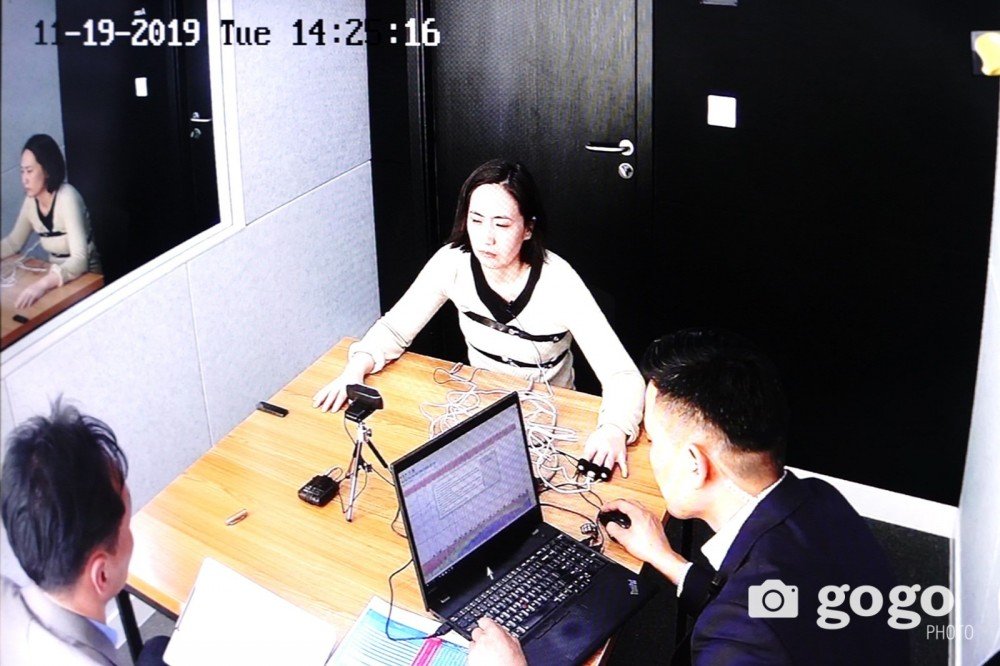Researchers from Axon Neurolab, involved in a joint venture in human behavior and neuroscience between UFE and Axiom Inc., agreed to a polygraph test on the subject.
The advantage of the polygraph test is that it measures the subject's facial expressions, tone, heart rate, and stress.
Mankind has long used intimidation, torture, and physical and physiological methods to detect that someone is lying. As technology advances, polygraph is one of the most widely used techniques for detecting falsehoods. For example, there are many interesting facts, such as a person lies an average of four times a day (hello, hello, etc.), or that he has instilled in his subconscious mind who to lie to and who not to lie to.
As of 2018, there are a total of 2.5 million test-taking statistics in the United States with the consent of the examiner alone. The advantage of the polygraph test is that it measures the subject's facial expressions, throat color, heart rate, and stress.
This experimental design was developed by B.Nandin-Erdene, Executive Director of Axiom Inc. LLC and lecturer at SEZIS, and J.Sanj-Ochir, examiner, S.Sain-Od, lecturer at SEZIS, and O.Zesemdorj, lecturer at ASUIS. In the presence of third-party observers, Judge J.Oyuntungalag was tested on a polygraph test.
The subject J.Oyuntungalag was asked a total of 25 questions, and researcher J.Sanj-Ochir conducted this experiment.
Did the examiners introduce 25 questions in advance?
The questions were not introduced to the subject in advance. Well, it is possible to assume that a person's own assumptions will lead to questions of justice and corruption, but the test questions and processes are prepared so that it is possible to know only during the test. The peculiarity of this test is that the examiner receives only a “yes” or “no” answer to each question, and the interviewee can choose not to answer the question or cancel the entire interview.
What were the results of the experiment?
The subject's biometric data fluctuated in two of the 25 questions. For example, "Have you lied all your life to protect yourself?" And "Do judges take bribes?" There were changes to the questions, but the subject answered “yes” to both questions. This conclusion is negative for the subject, so we conclude that the answer is “true”. Other questions did not show any fluctuations in biometric data, and we conclude that all questions were answered correctly.
Is it possible to cheat a polygraph test?
Polygraph test is a method used to verify the truth and detect falsehoods using the subject's biometric data and is widely used in human resource selection, insurance, internal audit, marketing research and crime detection. Although some researchers believe that the polygraph test can be misleading and that it is doubtful whether it is true or false, the polygraph test is considered to be the most probable study because it draws conclusions based on the biometric characteristics of the human body and is still widely used.
For more: http://gogo.mn/r/jq6d8?fbclid=IwAR1Nsf8WYU9TCV1oWLXkHaU2-SnxsH3_xH2z8V7lAJbjTdgHxMuR5gb5wO0





